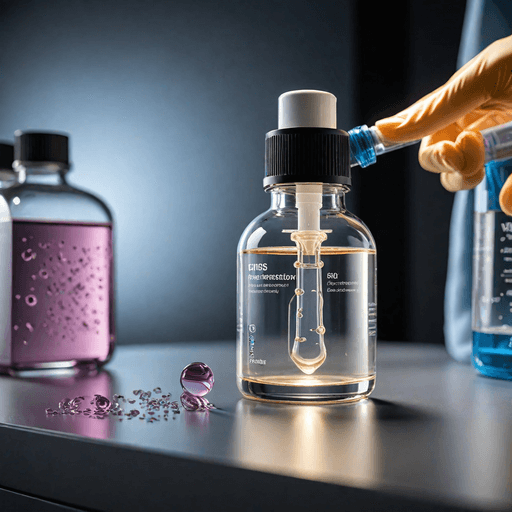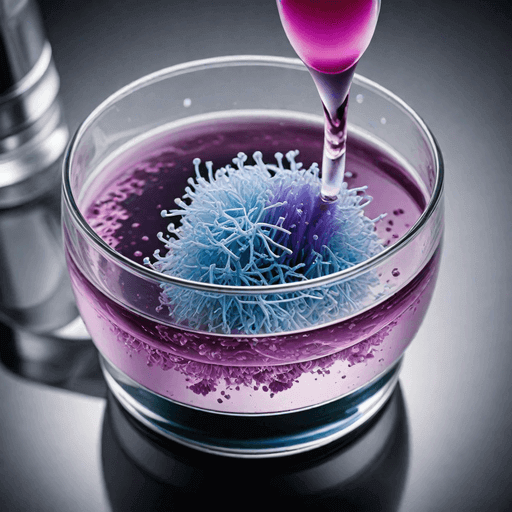Are you an undergraduate student studying microbiology or biology? Do you find English books on viruses hard to read? Then This article is for you. We will explain “Virus Purification and Assay” in simple words.
Viruses are tiny germs that cause diseases like cold or COVID-19. Purification means cleaning and separating viruses from other things. Assay means checking and counting viruses.
What is Virus Purification?
Virus purification is like cleaning rice from dirt. You remove extra stuff to get pure viruses. Why do we do this? To study viruses better, make vaccines, or test medicines. Scientists use special steps to purify viruses from cells or fluids.

Common Methods of Virus Purification
Here are some easy ways to purify viruses:
- Ultracentrifugation: This is spinning samples very fast in a machine. Heavy parts go down, light parts stay up. Viruses separate from dirt. It is common and works well for many viruses. (ref: 1. ScienceDirect; 2. News-Medical.net)
- Chromatography: Think of it as a filter column. Viruses stick to beads in the column. Then, you wash them out pure. It is gentle and keeps viruses active. (ref: 1. ScienceDirect; 2. News-Medical.net)
- Precipitation: Add chemicals like salt or acid. Viruses clump together and fall down. Then, collect them. It is simple and cheap for beginners. (ref: 1. epigentek.com)
- Filtration and Nanofiltration: Use small holes to filter out big dirt. Viruses pass through or get caught based on size. Good for removing bacteria. (ref: 1. epigentek.com)
Other steps include nuclease treatment to break extra DNA, or low-speed spinning to remove big pieces. These methods help get clean viruses for lab work.
What is Virus Assay?
Virus assay is measuring viruses. How many are there? Are they alive? It helps check if purification worked or if a sample has viruses. Assays are like tests in your college lab.

Common Virus Assay Techniques
Here are simple virus assay methods:
- Plaque Assay: Put viruses on cells in a dish. Viruses kill cells and make spots called plaques. Count the spots to know virus number. It is classic and shows live viruses. (ref: virologyresearchservices;
- Immunofluorescence Assay (IFA): Use special colors and antibodies. Antibodies stick to viruses in cells. Under a microscope, viruses glow. Good for seeing viruses quickly. (ref: nimh)
- ELISA (Enzyme-Linked Immunosorbent Assay): Like a sandwich test. Antibodies catch viruses on a plate. Add color to see if viruses are there. It detects virus parts or antibodies. (ref: atcc.org)
- PCR or RT-PCR: This copies virus DNA or RNA. It finds even small amounts of virus genes. Very sensitive for detecting viruses like COVID-19. (ref: frontiers.org)
- TCID50 Assay: Means Tissue Culture Infectious Dose 50. Infect cells with virus dilutions. See which dose infects half the cells. Measures virus strength. (ref: bio-rad)
These techniques help in labs to study viruses safely.
Why Learn Virus Purification and Assay?
many students lack good books. This simple guide on virus purification and assay can help you in exams or projects. Understanding these basics opens doors to jobs in health or research. Always wear safety gear in labs!
If you search for “virus purification methods for beginners” or “easy virus assay techniques,” this article is for you. Share it with friends to help more students.
Thanks for reading! If you have questions, comment below.

